Objectives of the service






Many environmental impacts on water systems, such as thermal pollution from industrial outflows, occur at night and are difficult to monitor using existing technologies. Current solutions—like in-situ sensors or daytime-only optical satellite data—are limited in coverage, accessibility, or effectiveness during critical nighttime hours.
This project addresses that gap by enabling the detection and analysis of water pollution outflows using high resolution thermal imagery from space, captured both day and night. SatVu’s unique satellite technology delivers 3.5-meter resolution thermal data capable of identifying heat anomalies in rivers, coastal zones, and industrial discharge points, including those not visible during daylight or by conventional sensors.
The proposed service will allow users—such as environmental agencies, utility companies, and water monitoring providers—to specify areas of interest and receive alerts when thermal anomalies are detected, supporting timely decisions and regulatory compliance. The system will include data access via a user friendly platform and API, offering historical trend analysis, customizable alert rules, and integration with existing workflows.
The activity will validate the value of thermal data in this context, define the end-to-end service offering, and deliver a working proof of concept, with extensive stakeholder input to guide product development and ensure commercial relevance.
Users and their needs
The project is currently engaging user communities in the United Kingdom, the Netherlands, Canada, and the United States. Confirmed participants providing feedback include Imperial College London and the UK Centre for Ecology & Hydrology, representing academic and environmental science sectors. Additional outreach has been completed with organisations such as DEFRA, Sellafield, DBX, and Citadel, with others—including regulatory bodies, infrastructure operators, and marine/environmental specialists—slated for upcoming engagement.
Targeted users span:
-
Government and regulatory agencies
-
Academic and scientific research institutions
-
Industrial site operators (e.g. power, waste, and port infrastructure)
-
Environmental consultancies and monitoring service providers
User needs include:
-
Frequent, automated monitoring of thermal anomalies in water bodies
-
High-resolution thermal imagery, including night-time observations
-
Alerts when temperature thresholds are exceeded
-
Easy integration with existing systems (GUI or API)
-
Historical trend analysis for regulatory reporting or environmental studies
Key challenges for the project are ensuring:
-
Thermal data accuracy under variable environmental conditions
-
Timely delivery of processed data for decision-making
-
Detection algorithms that are reliable and interpretable across use cases
-
Accessibility of the system for users with varied technical capabilities
This multi-stakeholder engagement is critical to shaping a usable and commercially viable monitoring service.
Service/ system concept
The service provides users with access to high-resolution thermal satellite imagery to detect and monitor pollution entering rivers, lakes, or coastal waters—especially during night hours when many events go unnoticed. Users can view temperature-based changes in water bodies, receive alerts when these exceed normal levels, and track patterns over time through an intuitive web platform or an automated system-to system connection.
In simple terms, the system works like this: a user chooses a location they want to monitor. The satellite captures thermal images of that area day and night. The system then checks those images for unusual heat patterns in the water, which may signal a pollution event like an industrial outflow. If something unusual is found, the user is alerted automatically and can view the results, including changes over time.
At a high level, the system includes:
-
Satellite tasking: scheduling and capturing thermal images.
-
Data processing: converting raw data into clean, usable images.
-
Analytics engine: identifying thermal anomalies in water bodies.
-
Delivery platform: giving users easy access via a web interface or API.
-
Alerting system: sending custom notifications based on user-defined rules.
Space Added Value
The service uses thermal imaging satellites from SatVu’s HotSat constellation, equipped with medium-wave infrared (MWIR) sensors capable of capturing 3.5-meter resolution imagery both day and night. These satellites can detect subtle temperature differences in water bodies, making it possible to observe pollution outflows that are invisible to the naked eye or traditional optical sensors—especially during nighttime when many such events occur.
The added value of using space-based thermal assets lies in their broad coverage, high revisit rate, and nighttime capability. Unlike in-situ sensors, which are costly to install and limited to specific sites, satellites can monitor vast and remote areas without the need for physical access. Compared to traditional satellite data, such as Landsat (30m resolution) or VIIRS (500m), HotSat imagery delivers the spatial precision needed to detect smaller, more localised pollution events.
Other remote sensing technologies, like radar or optical imagery, struggle with detection when outflows are submerged, thermally subtle, or occurring in darkness. The MWIR satellites overcome these limitations, enabling frequent, automated, and cost-effective monitoring that is not feasible using current methods alone—providing users with a unique and scalable tool to enhance environmental protection and regulatory compliance.
Current Status
The project formally began on 1 June 2025 with ESA... Since then, SatVu has run targeted engagements: early sessions with DEFRA, Imperial College, and Sellafield, plus questionnaires to CEH and Ursa, capturing specific needs around night-time thermal monitoring and compliance. These insights shaped the first draft of the service definition and business model, confirming a viable market valued at USD 5–7 billion.
Currently, the technical team is translating user input into a system architecture, defining data flows and integration points. In parallel, preparation of the Proof of Concept architecture has started, with candidate validation sites shortlisted and KPIs (latency, revisit frequency, detection accuracy) under definition. Next period activities include user testing design, PoC implementation planning, and scheduling the September Progress Meeting with ESA.



